L’imperatory (Peucedanum ostruthium) is a spontaneous plant belonging to the family of Apiaceae. On old texts we can find it with synonyms Imperatoria ostruthium or Imperatoria majorwhile it is commonly known as imperatory grass. This plant has always been used in folk medicine for the beneficial properties kept in its root.
So let’s get to know its botanical characteristics better, so that we can recognize it when we meet it, and let’s see its properties and common uses.
Description of the imperatoria
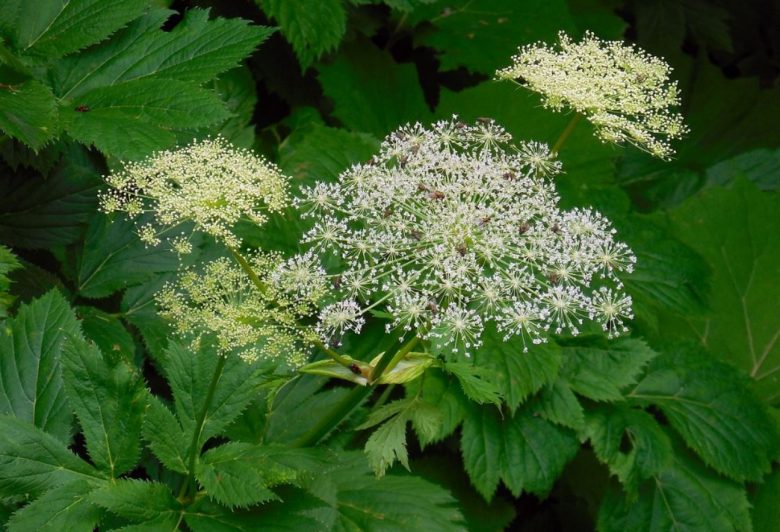
There Peucedanum ostruthium it is a perennial species with a herbaceous consistency, with a large underground rhizome, from which the erect stems, up to 80 cm high, arise. These are usually simple or branched only in the upper part. The stem is also striated on the outside and hollow on the inside.
Leaves
The leaves of the imperatoria are, for the most part, divided into 3 leaflets, in turn whole or divided into 2-3 lobes or in other 3 leaflets. The other leaves are more or less whole or just sinuous. The shape is oval-oblong and they have a serrated edge, the upper side is glossy green, the lower one is light green and rough along the ribs. In the lower (basal) leaves the petiole is very long, in those of the stem it is always smaller and transformed into a large sheath that embraces the stem itself.
Flowers
The flowers of the imperatorial herb have the typical appearance of Umbelliferae (species of which, for example, the wild carrot and the cultivated carrot). They are white or pink in color, gathered in umbrellas made up of 20-40 umbrellas, with a dozen flowers each. The chalice is missing, the 5 petals are oval with a long apex folded towards the center. The stamens are inserted alternately between the petals.
Fruits
The fruit consists of two oval achenes with one flat surface and the other convex. The external surface is crossed vertically by 3 not very protruding ribs, while the margin has an expanded rib to form a large smooth wing that surrounds the achenium, except at the two poles.
Natural habitat and diffusion of the imperial herb
Imperatoria is a plant native to central Europe. In our country it grows spontaneously only in the northern regions, with Tuscany as the southern limit. It grows in the mountainous and subalpine region, preferring humid grassy places and sparse woods.
Collection and conservation of the imperatoria
The useful part of the imperatoria, used in herbal medicine, is the rhizome. This is harvested in the spring or autumn. It is excavated with a spade, cleaned from the lateral roots, washed and cut into pieces of 5-10 cm.
The root thus prepared is dried in the sun and stored in glass or porcelain containers.
Active principles and properties of the imperatoria
The active ingredients contained in the root of the imperatory herb are: essential oil (pinene, limonene, fellandrene), acid ethers (isobutyric, isovaleric, formic, acetic, palmitic), coumarin derivatives (imperatorin, isoimperatonin), tannins, starches, mucilages .
These elements allow you to cure various ailments. The typical properties of the plant are: flavoring, bittering, aperitif, digestive, sudoriferous, expectorant, anti-inflammatory.
Indications
The imperatoria has first of all a highly appreciated use in the liqueur sector, in fact it enters the preparation of herbal liqueurs, digestives, vermouth etc. The properties of the plant, however, are not only flavoring and bittering, but are also and above all stimulants of the gastric functions. They awaken the appetite, facilitate digestion, eliminate intestinal gas, reduce spasms of the digestive system.
The consumption of the root is also useful as a sudorific in case of colds and flu, and as an expectorant in case of bronchial affections resulting from colds. Popular tradition even suggests chewing a piece of it to soothe toothaches and headaches.
For external use, the imperatoria is a useful anti-inflammatory that calms itching and reduces redness of the skin and external mucous membranes.
Domestic uses
In herbal medicine the imperatoria yes found mainly in the form of mother tincture. In the home and for internal use as an aperitif, digestive, antispasmodic and sudorific, the decoction is prepared using the dry root (3 g in 100 ml of water) to be taken in 2-3 cups a day. It is also possible to use the vinous tincture, always with 3 g of dried root, but this time to be macerated in white wine for 10 days. Also in this way, the decoction is to be taken in 2-3 small glasses a day.
For external use, for skin itching and reddened mucous membranes, the decoction of imperatoria should be made using 6 g in 100 ml of water, with which you can rinse, gargle and wash.

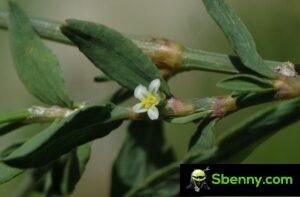
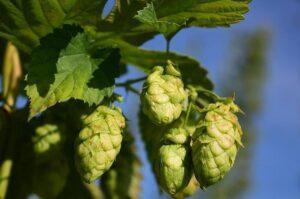
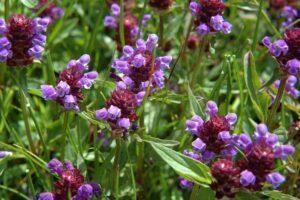

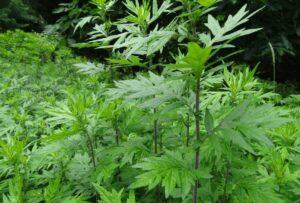

Start a new Thread